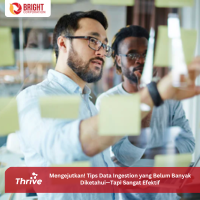Data ingestion adalah proses mengumpulkan, mengimpor, dan mengolah data dari berbagai sumber untuk dianalisis. Dalam era digital yang serba data-driven seperti sekarang, data ingestion yang efektif menjadi kunci keberhasilan banyak perusahaan. Namun, ada beberapa tips dan trik dalam proses ini yang mungkin belum banyak diketahui, tetapi sangat ampuh untuk meningkatkan efisiensi dan akurasi data.
Berikut adalah beberapa tips data ingestion yang jarang dibahas, tetapi bisa sangat efektif dalam mengoptimalkan kinerja data perusahaan Anda.
1. Prioritaskan Sumber Data yang Paling Relevan
Tidak semua data sama pentingnya. Salah satu kesalahan umum dalam data ingestion adalah mencoba memasukkan semua data yang tersedia tanpa memfilter mana yang relevan. Untuk meningkatkan efisiensi, penting untuk memprioritaskan sumber data yang memberikan nilai langsung pada analisis Anda. Fokus pada data yang sesuai dengan tujuan bisnis Anda dan yang dapat diolah untuk memberikan insight berharga.
2. Gunakan Arsitektur Streaming untuk Data Real-Time
Jika perusahaan Anda bekerja dengan data real-time, menggunakan arsitektur streaming seperti Apache Kafka atau AWS Kinesis bisa menjadi solusi yang efektif. Arsitektur ini memungkinkan Anda mengolah dan menganalisis data secepat mungkin, sehingga Anda selalu mendapatkan insight yang up-to-date. Ini sangat penting bagi bisnis yang bergerak di bidang keuangan, e-commerce, atau perusahaan yang membutuhkan respons cepat berdasarkan data.
3. Optimalkan Transformasi Data Selama Ingestion
Alih-alih menunggu hingga semua data terkumpul untuk diolah, Anda bisa mengoptimalkan transformasi data selama proses ingestion. Ini berarti mengonversi data ke format yang diinginkan atau melakukan pembersihan data saat proses ingestion berlangsung, bukan setelahnya. Teknik ini dapat menghemat banyak waktu dan memastikan data yang dihasilkan sudah siap digunakan segera setelah diimpor.
4. Gunakan Automasi untuk Pembersihan Data
Data yang diambil dari berbagai sumber sering kali memiliki format yang berbeda-beda dan bisa mengandung kesalahan. Memiliki proses pembersihan data otomatis sebelum data tersebut diolah dapat mengurangi kesalahan dan meningkatkan akurasi analisis Anda. Alat seperti Python dengan library Pandas atau layanan cloud seperti AWS Glue bisa sangat membantu dalam membersihkan dan merapikan data secara otomatis selama proses ingestion.
5. Perhatikan Keamanan Data Selama Proses Ingestion
Keamanan data sering kali menjadi perhatian yang terlewatkan dalam proses data ingestion. Pastikan bahwa semua jalur pengumpulan data aman dan memenuhi standar keamanan yang berlaku, seperti enkripsi data baik saat transit maupun saat tersimpan. Ini sangat penting, terutama jika Anda bekerja dengan data sensitif seperti data pelanggan atau data perusahaan penting.
6. Gunakan API yang Tepat untuk Sumber Data Eksternal
Jika Anda mengimpor data dari sumber eksternal seperti platform SaaS, API adalah metode yang paling efektif dan aman. Namun, tidak semua API diciptakan sama. Gunakan API yang sesuai dengan kebutuhan ingestion Anda, baik itu REST API atau GraphQL API, tergantung pada jenis data yang Anda ambil. API yang baik akan memungkinkan Anda mengakses data secara lebih cepat dan fleksibel.
7. Pantau Performa Data Ingestion secara Berkala
Memastikan bahwa proses data ingestion berjalan dengan lancar dan efisien adalah langkah yang tidak boleh dilewatkan. Gunakan alat monitoring untuk memantau throughput, latency, dan error rate selama ingestion. Dengan pemantauan yang baik, Anda bisa segera mendeteksi masalah dan melakukan optimasi sebelum hal tersebut berdampak buruk pada kinerja analisis data Anda.
Data ingestion adalah elemen vital dalam alur kerja data-driven, dan dengan menggunakan tips-tips yang belum banyak diketahui ini, Anda bisa membuat proses ingestion menjadi lebih efisien, aman, dan akurat. Dari pemilihan arsitektur yang tepat hingga penggunaan automasi, setiap langkah dapat meningkatkan performa pengolahan data secara signifikan.
Jika Anda ingin memastikan bahwa proses data ingestion di perusahaan Anda berjalan dengan efisien dan aman, Thrive siap membantu. Kami menawarkan solusi yang dapat disesuaikan dengan kebutuhan perusahaan Anda untuk memastikan data yang Anda peroleh dapat diolah dengan cepat dan akurat.
Hubungi kami sekarang untuk konsultasi lebih lanjut dan temukan bagaimana Thrive bisa membantu mengoptimalkan proses data ingestion di bisnis Anda!



















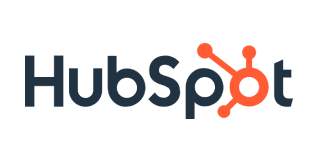
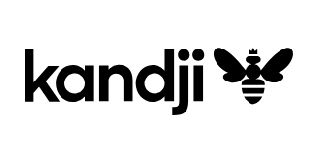
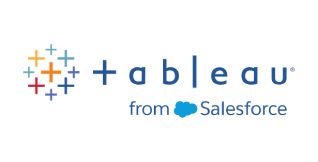
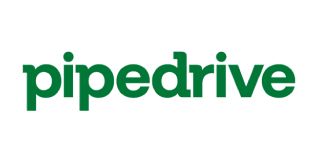
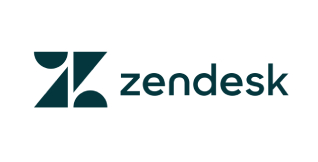
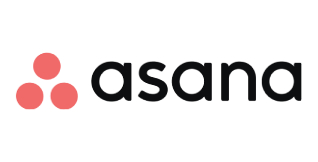
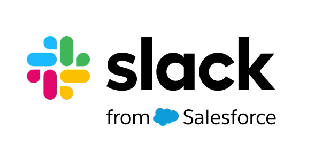
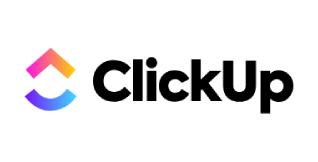

 Industrial Robotics Integration
Industrial Robotics Integration
 IT Outsourcing Service
IT Outsourcing Service
 Secure Internet SD-WAN Connection
Secure Internet SD-WAN Connection
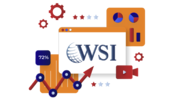 Digital Marketing Service
Digital Marketing Service


